Mobile Phone

Mobile Phone Switching
Visitors can explore the Mobile Telephone Switching Process. Visitors can move a small model car on a map of Macao that is divided into Hexagonal Cells. By moving the model car from one cell to the other, the Light of the Cell also changes from one cell to the other.
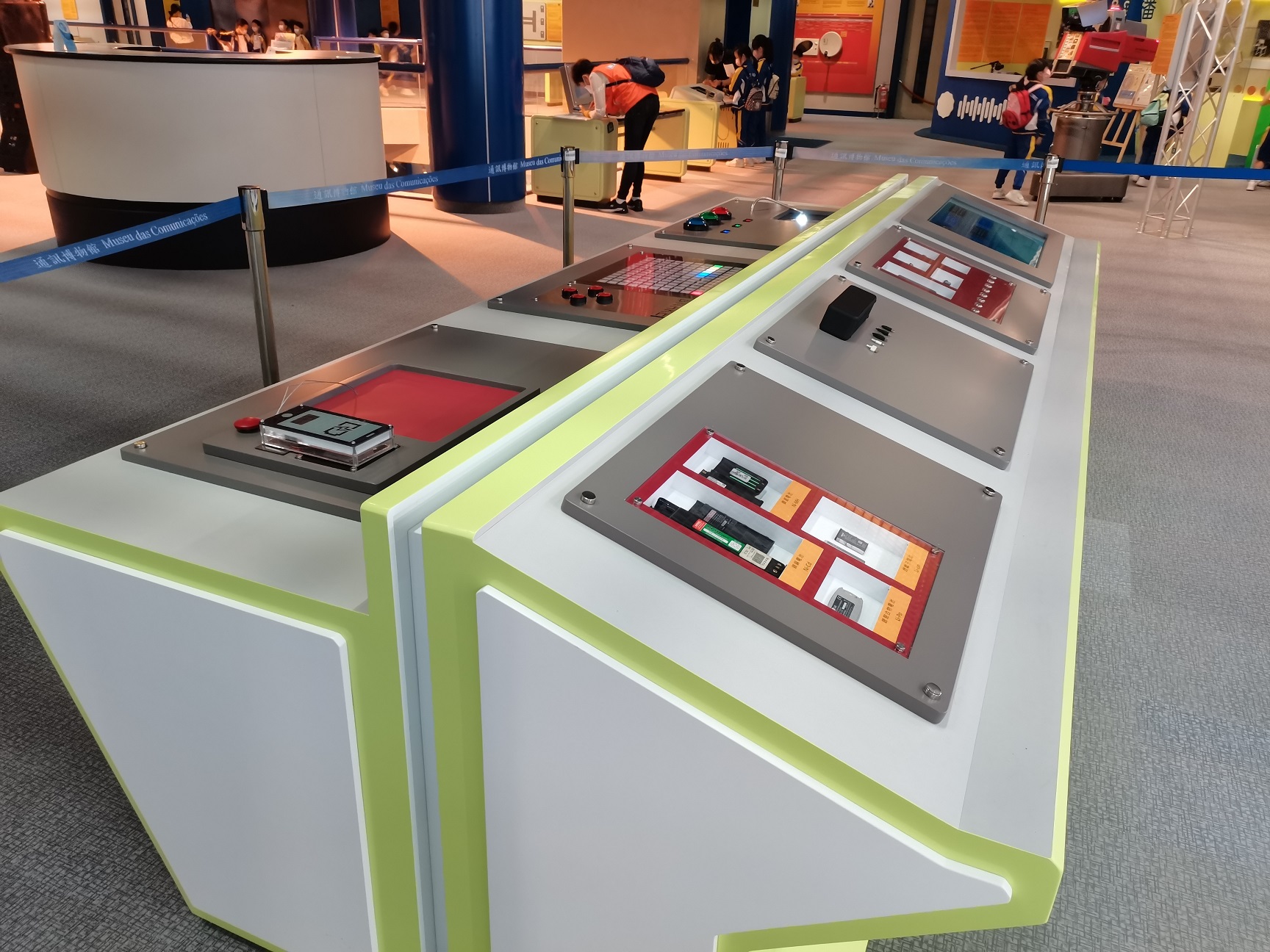
Peripherals of Mobile Phones
- Greedy Snake
- Color Screens
- Inductive Wireless Charging
- Mobile phones and Rare-Earth Elements
- Batteries for Mobile Phones
- Connection of Mobile Phone
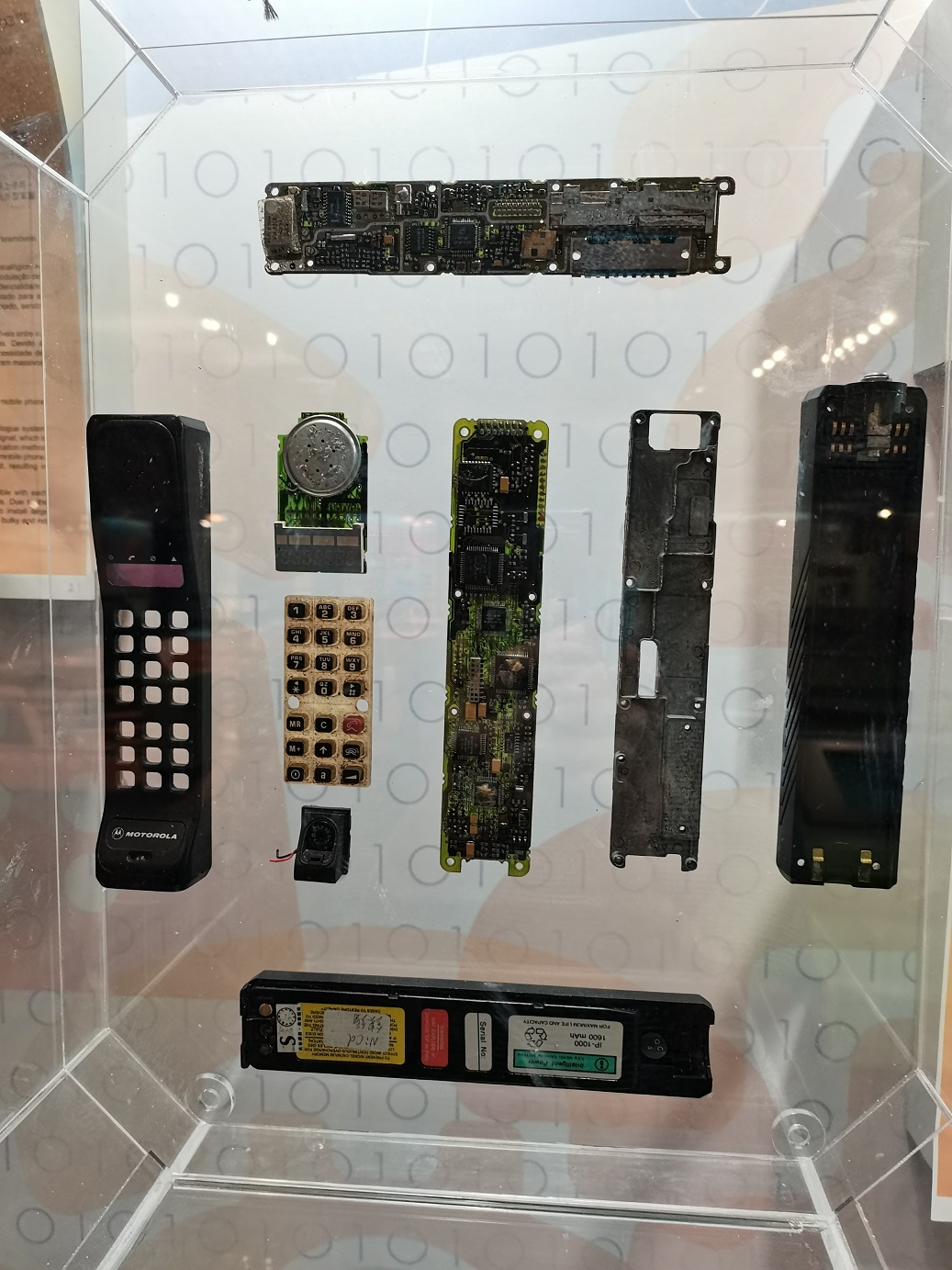
The First Generation of Mobile Communications Network (1G)
The First Generation of Mobile Communications Network was the earliest cellular mobile phone network, used between the 1980s and 1990s.
At that time, the voice calls service was provided by an analog system. An Analogue system means directly modulating the voice signal in the form of a Frequency Modulation signal, which is the same as the principle of radio FM broadcast. The confidentiality of this communication method is very poor. As long as the receiver is adjusted to the same frequency as the target mobile phone, the content of the call can be eavesdropped, and the signal is easily interfered, resulting in unstable network reception.
As networks in different countries have different standards and are not compatible with each other, mobile phones of different networks cannot be used on foreign networks. Due to the limitations of battery capacity and process technology, as well as the need to install large antennas to receive signals, mobile phones of this generation were cumbersome, bulky and not very portable.
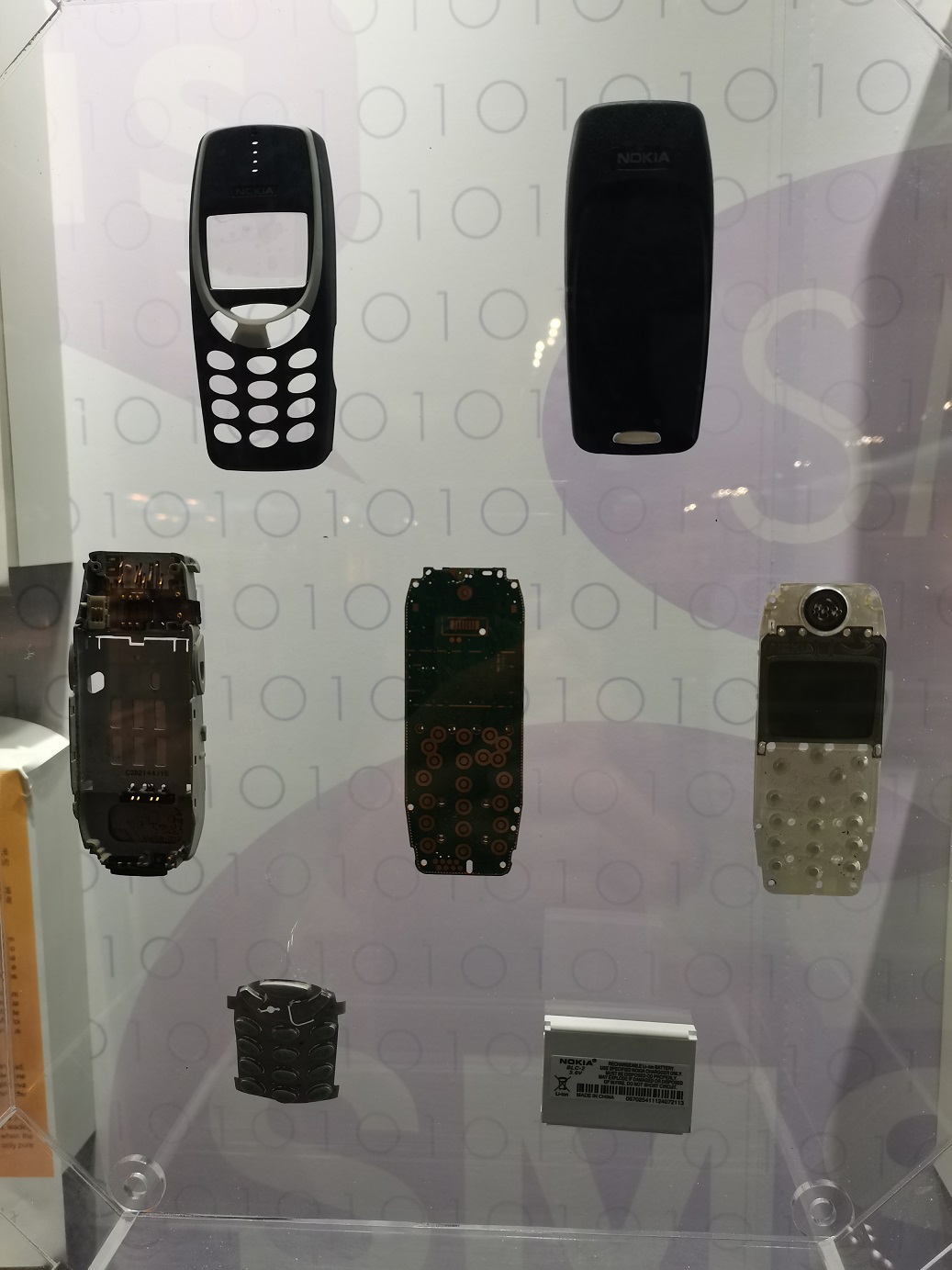
The Second Generation of Mobile Communications Network (2G)
The Second Generation of Mobile Communications Network evolved from an analogue to a digital network and was used since the early 1990s up to the mid-2010s.
Compared to the 1G, the 2G digitizes the voice signal by sampling it from the analogue signal and converting it into a binary (0/1) digital signal, reducing interference during transmission and eliminating the problem of call interception through encryption of the signal and, significantly improving the sound quality of the voice. Thanks to the large scale installation of base stations, distances between stations were further shortened and better signal coverage became possible, resulting in a more stable reception. As the communications network became digitized, it became possible to transmit short messages in addition to telephone calls. However, after the 2G network began to support data transmission services, due to its slow speed, was only suitable for low data transmission, such as email and text website browsing.
The 2G mobile phones were more lightweight and came in a variety of styles. More exclusive models were introduced to the market and began supplying various accessories, including phone cases, phone cords and protective covers and begun to include additional functions such as games, ringtones, notepads, and alarm clocks.
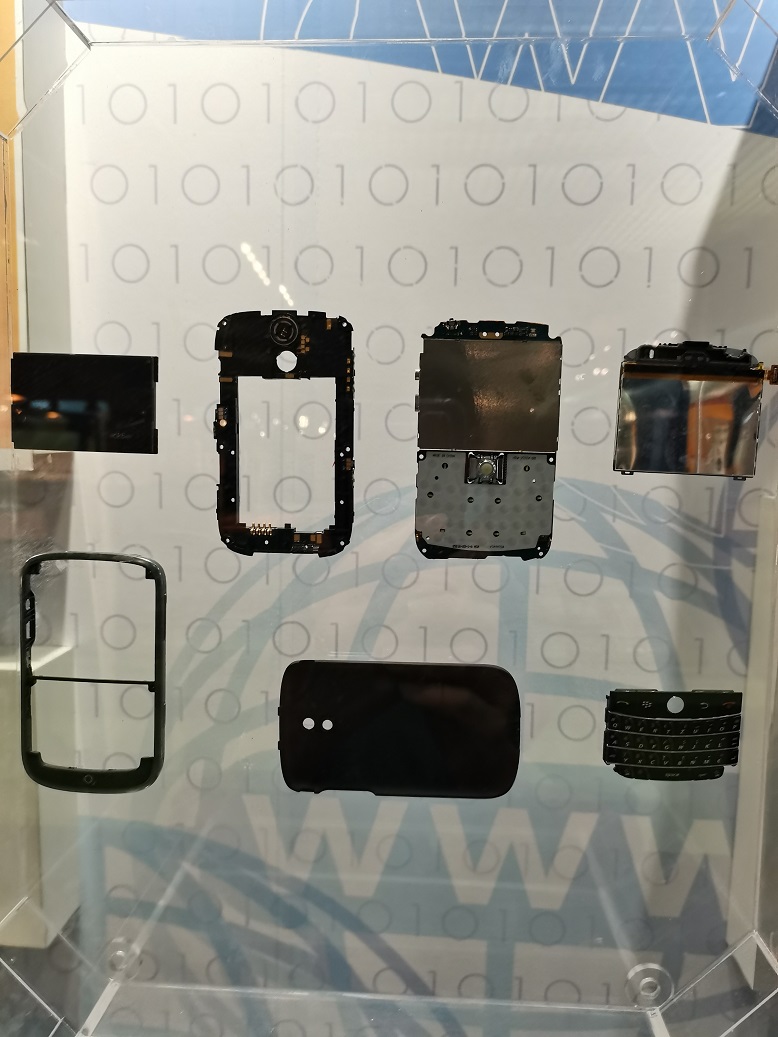
The Third Generation of Mobile Communications Network (3G)
The Third Generation of Mobile Communications Network has been available since 2000 and is still widely used in 2020.
Compared to the previous generation (2G), the 3G uses a much wider bandwidth and faster speed of data transmission. Services by using interest, such as e-mail, web browsing, communication software, etc. are widely used in the 3G mobile phones. The increasing demand for Internet access and the rise of social networking platforms has led to a renewed change in the way people communicate with each other, and to the continuous improvement of communication technology, with the introduction of faster network speeds 3.5G standard, to deepen and expand the application of mobile phone in the different fields.
The size and appearance of the mobile phone has changed significantly from the previous generation due to the evolving needs of its users. Mobile phones have expanded in functionality and are increasingly being used for entertainment and everyday tasks, thus mobile phones with touchscreens and keyboards.
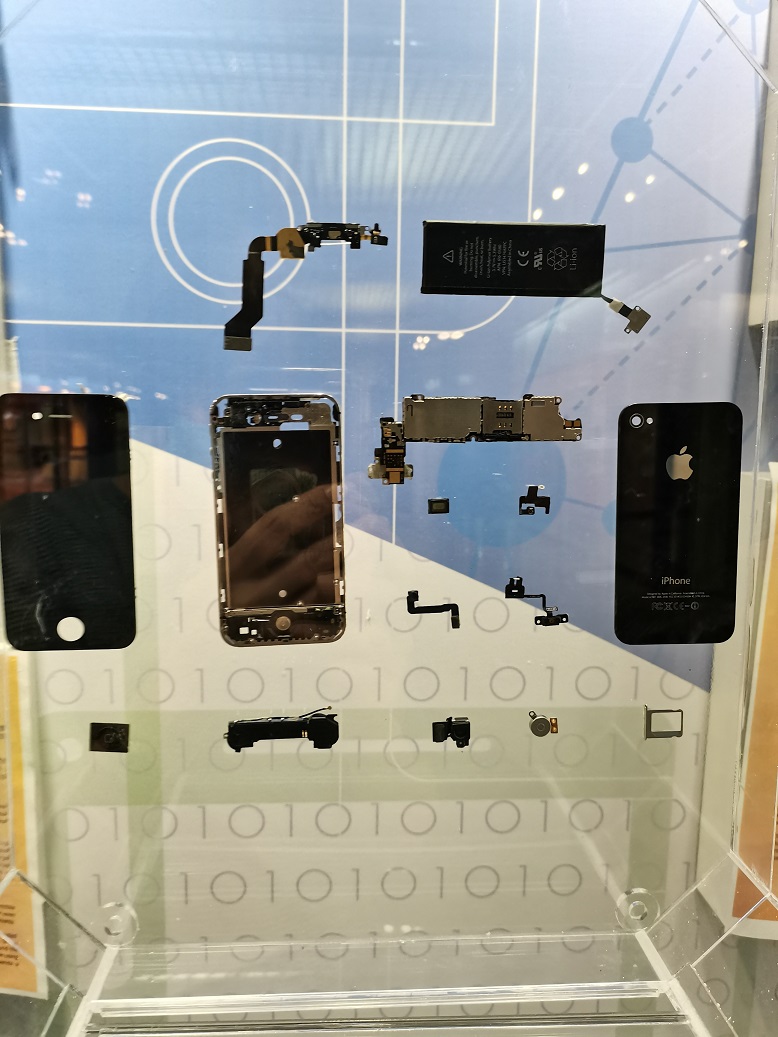
The Fourth Generation of Mobile Communications Network (4G)
The Fourth Generation of Mobile Communications Network (4G) is a high-speed mobile communication network that has been widely used around the world since the mid-2010s.
The 4G is an extension of the previous generation (3G) and, due to its very fast data transfer speeds, a wide range of web-based services can be continuously expanded by Telecom operators and implemented on mobile phones, such as high-definition mobile TV, video conferencing, webcasting, cloud services, online shopping, mobile payments and more. As the number of areas and applications continues to grow, mobile network services have become an integral part of life.
With the growing demand for multimedia and remote work, users relatively select mobile phones with large screens. More mobile phones with foldable screens have been introduced to the market place, aiming to increase the screen area while maintaining the size of mobile phones, or to change the appearance of mobile phones and make them easier to carry. With the popularity of touch screens, most of today's mobile phones no longer have keypads, with only a few exceptions remaining for those who have a special need for them.
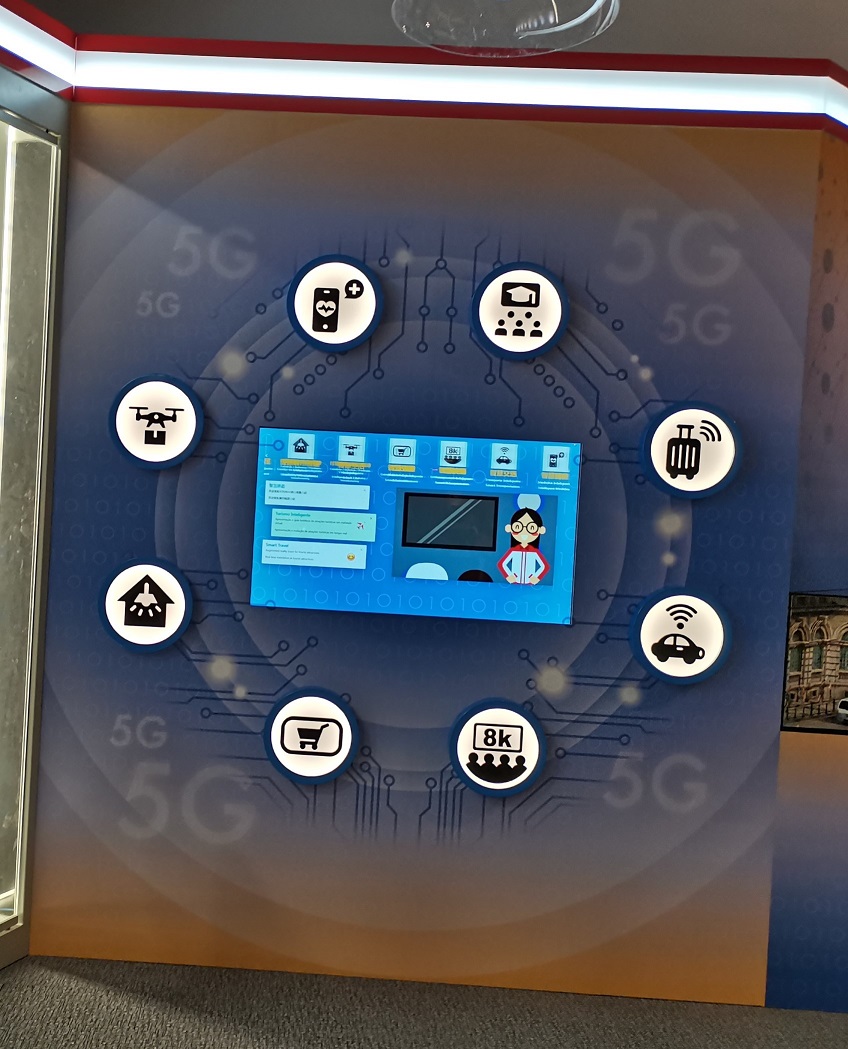
The Fifth Generation of Mobile Communications Network (5G)
5G is the fifth generation of mobile communications technology. Performance goals are high speed, low latency, high system capacity and massive machine-to-machine connections. According to the International Telecommunication Union (ITU), 5G has three main characteristics:
- Enhanced Mobile Broadband (eMBB)
- Massive Machine Type Communications (mMTC)
- Ultra-Reliable Low Latency Communications (URLLC)
About CMM
Contact US
Others
Other Websites
Number of Visitors:
Last Modified Date: 23/09/2024